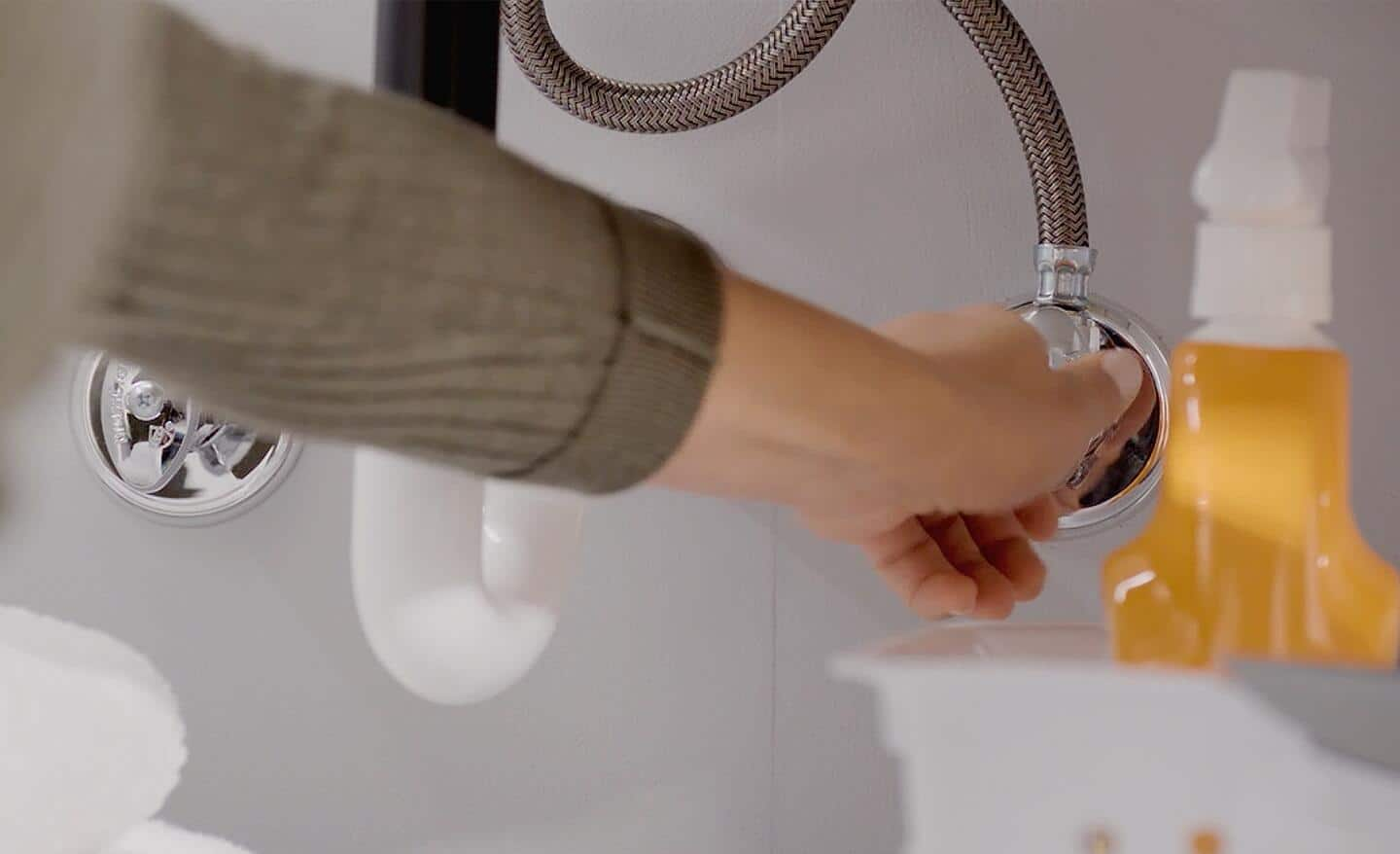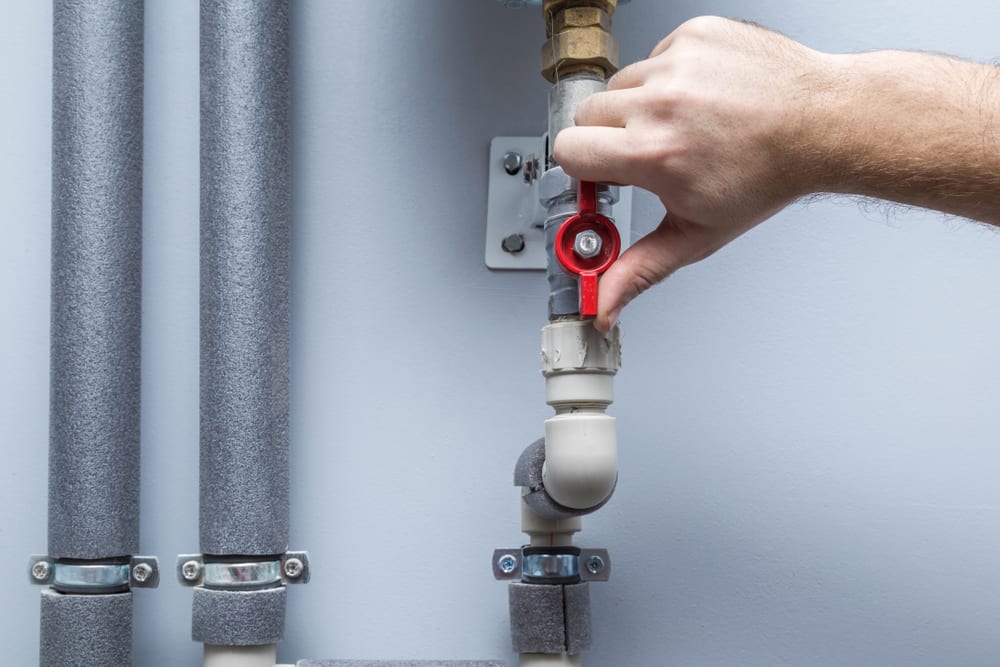An Motives Behind Fixing a Faulty Faucet
An Motives Behind Fixing a Faulty Faucet
Blog Article
We've stumbled on this great article about Why Are My Faucets Dripping (And Can I Fix It Myself)? directly below on the internet and decided it made sense to share it with you over here.

Leaking taps could feel like a minor inconvenience, however their impact surpasses just the aggravation of the noise. From wasting water to incurring unnecessary financial expenses and health threats, disregarding a leaking faucet can cause numerous repercussions. In this article, we'll explore why it's crucial to resolve this common house issue immediately and effectively.
Waste of Water
Ecological Influence
Dripping taps add considerably to water wastefulness. According to the Environmental Protection Agency (EPA), a single tap dripping at one drip per second can lose greater than 3,000 gallons of water per year. This not only stress water sources but likewise impacts ecosystems and wildlife based on them.
Financial Prices
Enhanced Water Expenses
Past the ecological influence, dripping faucets can blow up water bills considerably. The accumulated wastefulness over time equates right into greater utility expenditures, which might have been stayed clear of with prompt repair work.
Prospective Property Damage
Moreover, long term trickling can lead to damage to fixtures and surface areas surrounding the tap. Water buildup can create staining, rust, and also structural problems if left ignored, resulting in added repair service prices.
Health and wellness Concerns
Mold And Mildew and Mold Development
The consistent visibility of moisture from a leaking tap produces an optimal atmosphere for mold and mold development. These fungi not just compromise indoor air high quality but likewise position health risks, particularly for individuals with respiratory problems or allergic reactions.
Waterborne Illness
Stagnant water in dripping taps can end up being a breeding place for germs and various other virus, boosting the danger of waterborne illness. Impurities such as Legionella microorganisms grow in stationary water, potentially causing severe illnesses when consumed or breathed in.
DIY vs. Specialist Repair service
Advantages and disadvantages of DIY Fixing
While some might attempt to fix a trickling faucet themselves, do it yourself repair work feature their own set of difficulties. Without appropriate expertise and tools, do it yourself attempts can exacerbate the concern or result in insufficient repairs, lengthening the problem.
Advantages of Employing a Specialist Plumber
Employing a specialist plumber ensures that the underlying reason for the leaking tap is addressed efficiently. Plumbings have the knowledge and tools to identify and repair faucet concerns successfully, saving time and decreasing the threat of more damage.
Step-by-Step Overview to Fixing a Dripping Faucet
Tools Required
Before trying to repair a trickling faucet, collect the needed tools, consisting of an adjustable wrench, screwdrivers, substitute parts (such as washing machines or cartridges), and plumber's tape.
Common Faucet Issues and Their Solutions
Identify the kind of tap and the particular concern causing the drip. Common problems include worn-out washers, corroded shutoff seats, or damaged O-rings. Refer to manufacturer directions or on the internet tutorials for step-by-step guidance on fixings.
Preventive Measures
Normal Maintenance Tips
To avoid trickling taps, carry out regular upkeep such as cleansing aerators, inspecting for leaks, and changing damaged parts without delay. Additionally, take into consideration mounting water-saving tools or upgrading to extra reliable fixtures.
Relevance of Prompt Repairs
Attending to trickling taps as quickly as they're seen avoids more water wastefulness and potential damages, ultimately conserving both water and money over time.
Influence On Property Value
Perception of Well-Maintained Residential Property
Keeping a property in good condition, including dealing with maintenance issues like trickling faucets, boosts its regarded value and worth among prospective purchasers or renters.
Influence on Resale Worth
Features with well-kept plumbing components, including faucets, command higher resale worths in the real estate market. Attending to dripping faucets can contribute to a favorable impact throughout home examinations and negotiations.
Ecological Obligation
Private Payment to Conservation
Taking responsibility for dealing with leaking faucets lines up with wider efforts toward water preservation and ecological sustainability. Every person's activities collectively make a significant influence on protecting priceless resources.
Lasting Living Practices
By prioritizing punctual repair services and adopting water-saving behaviors, individuals add to lasting living methods that profit both present and future generations.
Verdict
Dealing with a trickling faucet surpasses mere comfort; it's a vital step toward preserving water, minimizing economic expenses, and protecting health and wellness and residential property. Whether with do it yourself repairs or expert assistance, acting to fix leaking taps is a tiny yet impactful way to promote accountable stewardship of resources and contribute to a much healthier, much more sustainable future.
Most Common Reasons for a Leaky Faucet and How to Stop the Drip
Whether it’s your kitchen faucet leaking or a bathroom faucet leaking, one leaky faucet can waste anywhere from three to 30 gallons of water every single day. If the constant drip-drip-drip doesn’t get your attention, your water bill will. The good news is that, by following a few simple steps, chances are pretty good you can fix the problem yourself.
Why is it dripping?
Before you start taking things apart, let’s break down some of the most common causes of a leaky faucet.
Bad O-ring.
A cartridge is a valve that controls the flow of water into the faucet spout. On cartridge faucets there’s an O-ring—the little disc attached to the stem screw that holds the faucet handle in place. If it’s loose or worn-out, it can cause your sink handle to leak. Of course, the cartridge itself could be worn out. If that’s the case, make sure you replace it with the exact same kind.
Corroded valve seat.
The valve seat connects the faucet and the spout. If the leak seems to be coming from the spout, it might be because a buildup of water sediment has corroded the valve seat.
Worn-out washers or seals.
A leaky spout could be caused by a bad washer that rests against the valve seat. It’s just a matter of time before friction takes its toll. It could also be the wrong size washer or one that’s been installed incorrectly. Water sediments can also corrode inlet and outlet seals.
Water pressure.
If the faucet only drips now and then, or when you turn the handles a certain way, you should probably check your home’s water pressure.
Loose or broken parts.
The adjusting ring and packing nuts in the stream screw can become loose over time, causing your sink handle to leak. Try tightening or replacing the packing nut. If the leak is coming from the pipes underneath the sink, you probably have a broken pipe or fitting. If that’s the case, you should definitely call a plumber.
Know your faucet.
Faucets come in a variety of types. Each one has its own assembly—and its own possible causes of leaks. Learning about the four most common kinds of faucets will help you know how to take them apart and make any repairs.
How to stop a leaky faucet
Fixing that leaky faucet doesn’t have to take a lot of time, money, or expertise. It’s usually a simple matter of replacing a worn-out washer or gasket, a loose O ring, or another part. Chances are really good you can do this yourself if you follow these simple steps.
Shut off the water.
Before you tackle the faucet, cut off the water supply to the sink. There should be one valve for hot and one for cold. Hand-turn them clockwise with your hands till they close. If there are no valves under the sink, head to the basement and shut off the main water supply to the house. Then turn on the faucet until it empties out the water that’s still in the line and you’re ready to start. It’s a good idea to cover the sink drain with a plug or a rag so you don’t lose any small pieces and parts while you’re working.

As a serious reader on What Causes Leaky Faucets & How To Fix Them, I figured sharing that piece of content was really helpful. Don't hesitate to pause to promote this blog post if you enjoyed it. We love reading our article about Should I Repair or Replace a Leaky Faucet?.
Report this page